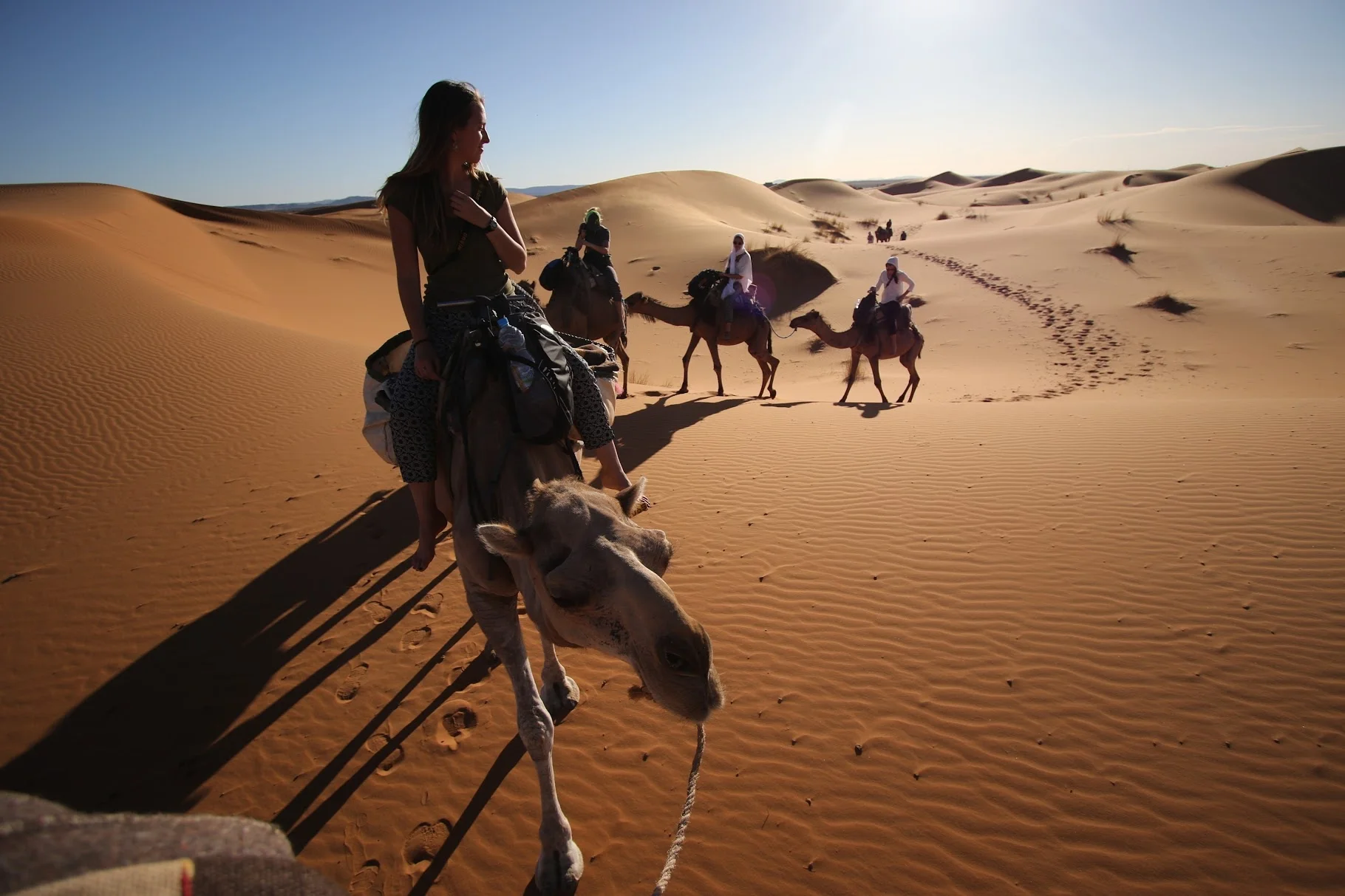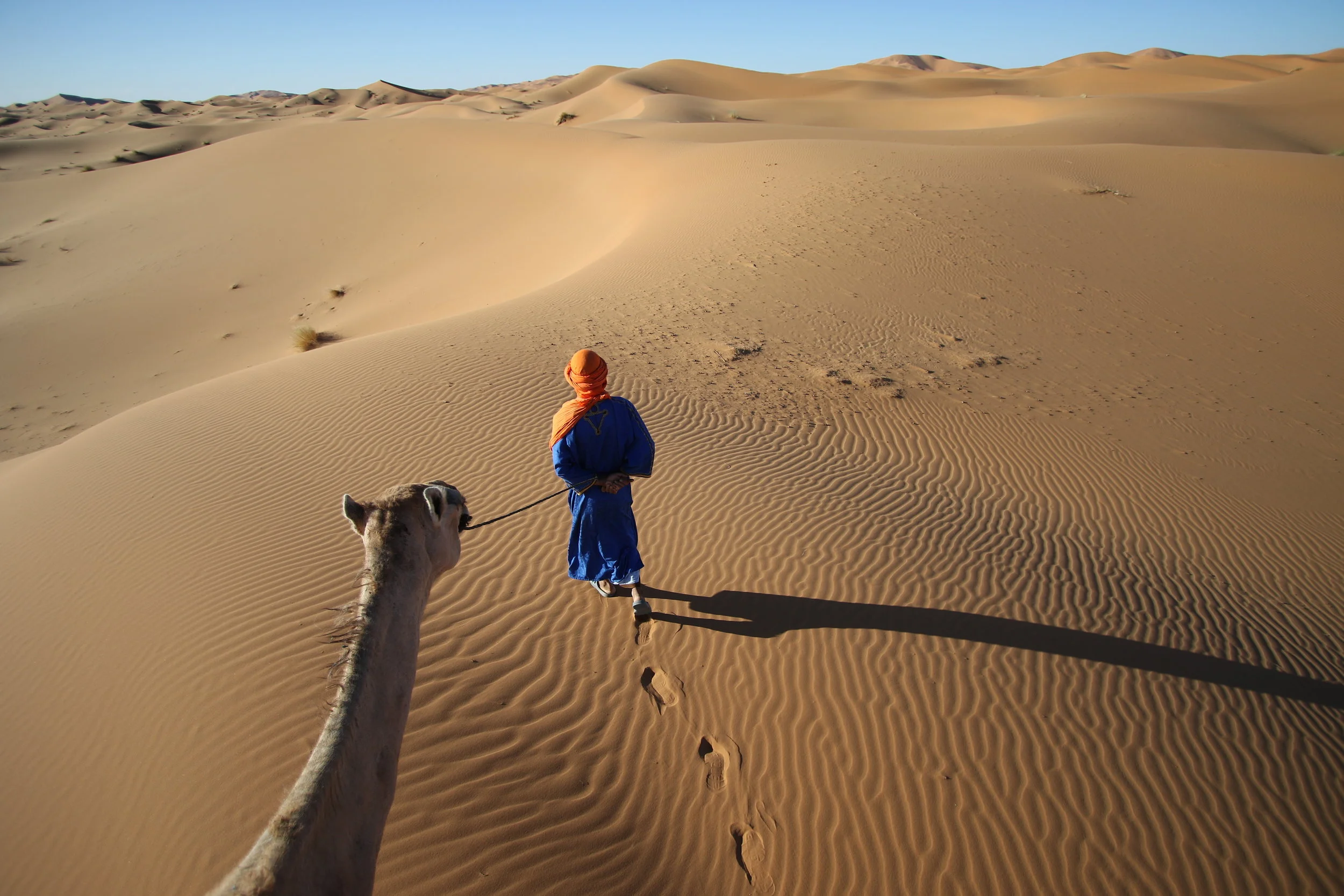From the shores of Tangier, Morocco, it appears you can reach out and touch the sprawling hills of Andalusia—Spain’s southernmost region. A short 30-minute ferry ride across the glistening Strait of Gibraltar, where Atlantic Ocean and Mediterranean Sea meet, is all that separates these countries. The proximity between Morocco and Andalusia makes for a unique history full of shared culture and cuisine. There’s no place quite like this special corner of the world, and it’s a must-see destination for every traveler. Explore the wonder of where Europe and Africa meet.
The Culture
Andalusia is overflowing with rich culture. Its unrestrained and unapologetic exuberance is infectious, and you’ll immediately become enthralled by the region’s enchanting charm. Let matadors captivate you as they prance around headstrong bulls, sway along to fiery flamenco dancers moving to the alluring guitar, and marvel at the elegant dancing horses performing mind-blowing routines. Andalusia embodies the classic image of Spain, but much of its culture is unique to the region. Its complex history means it’s been influenced by a wide range of groups, including native Iberians, Phoenicians, Greeks, Romans, Jews, and Muslim Moors. The Moorish influence is particularly prevalent in the region, especially in the intricate Islamic architecture. The style’s unique characteristics are scattered throughout, from the wrought iron gates and azulejo tilework of interior patios to the horseshoe arches of Córdoba’s magnificent Mezquita and detailed muqarnas ceiling of Granada’s grandiose Alhambra. The common Moorish architecture is a distinct tie to Morocco.
Like Andalusia, Morocco’s architecture has several influences, and it’s easy to spot the Moorish arches, delicate tilework, and flourishing gardens. Arches are the most prominent feature in this country, found in every kind of building, such as homes, mosques, and even city gates. Morocco was also greatly influenced by the Berbers, evident in the mud brick buildings, which have become distinct to the country. But architecture is just the tip of the iceberg when it comes to Morocco’s opulent culture. Known for its hypnotizing pull, there’s an air of mystery permeating the streets. When one thinks of this captivating country, souks are the first thing to come to mind. These marketplaces are a hallmark of Moroccan culture and truly a way of life. As you wander down narrow passageways full of hazy sunlight filtering in through the wood-slatted roof, you’ll be overwhelmed by the sights, smells, and tastes surrounding you. It’s easy to get lost in the vibrant handmade goods, fresh produce, and earthy spices, with something new to see at every turn. And when you thought it couldn’t get more fascinating, dusk falls and night markets come alive. Illuminated by glowing lights, adrenaline will pump through your veins as you take in the chaos. The enticing smell of succulent meats waft through the air as snake charmers and street performers look to entertain the masses. The contagious liveliness will get your blood pumping, beckoning you to seek out new experiences. (https://www.hecktictravels.com/night-market-marrakech-morocco)
The Cuisine
For all the foodies out there, Andalusia is among the world’s best culinary scenes. Its known for its original specialties, setting it apart from the rest of Spain. If your mouth waters at the thought of tapas—small, savory dishes perfect for sharing while enjoying drinks at a bar—then look no further. After all, Southern Spain is the birthplace of this delicacy! The cuisine is inspired by the diverse landscape, with an emphasis on the sea and vineyards. Typical dishes include fresh fish, locally-grown produce, and spicy meats. Pescaíto frito, fried fish, is one of the region’s most popular specialties. Of course, no Andalusian meal is complete without its famous olive oil and sherry, both of which are produced in abundance. While main courses are distinctly Andalusian, the beloved desserts are greatly influenced by the Moors. (http://www.acanela.com/spain-culinary)
Hop on over to Morocco for more flavorful cuisine. The dishes here are influenced by Arabic, Mediterranean, and even Andalusian cuisine. Meats, seafood, and olive oil are staples here, too, in addition to preserved lemon, dried fruits, and wheat. The nation is best known for couscous, used in a variety of recipes, and its plentiful spices. Mounds of colorful spices lining market stalls is an iconic Moroccan image. But spices aren’t the only aspect of cuisine that holds a strong cultural significance—mint tea is perhaps the most important delicacy. This drink is irrevocably linked with Moroccan social life, regardless of if you’re relaxing at home amongst friends or drinking in one of the many lively tea bars. Here, tea is an art form, from the method of preparation to the way it’s poured. One sip of this sweet, aromatic beverage and you’ll be hooked for life! (https://www.nomadicmatt.com/travel-blogs/top-things-morocco/)
The Views
These regions hold a natural beauty that’s hard to beat. In Andalusia, lounge on the soft, sandy beaches of Costa de la Luz, where the Atlantic Ocean ebbs from light turquoise to deep azure. Journey away from the coast, hiking the Sierra Nevada Mountains or wandering through the cobblestone streets of cities built into sprawling hillsides. For a vista straight out of a fairytale, visit Ronda—one of the many famous pueblos blancos, or white villages. The whitewashed houses and stone castle walls balance atop a jagged limestone ridge, stopping abruptly at cliff’s edge, and overlooking a steep plunge to the river below. It’s truly a one of a kind view. (http://www.thewanderblogger.com/ronda-spain/)
Morocco offers just as many stunning scenes. Trek the lush Rif Mountains for breathtaking panoramic views, venture across the blazing sand dunes of the Sahara Desert, and get lost in the bustle of the Medina of Marrakesh. A place you definitely won’t want to miss is Chefchaouen, and no, your eyes aren’t playing tricks on you. The village is painted head to toe in rich turquoise, topaz, and periwinkle, with vivid shades of blue blanketing everything from walls to cobblestone pathways—making it impossible to miss from a distance. (http://www.acanela.com/morocco)



